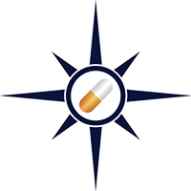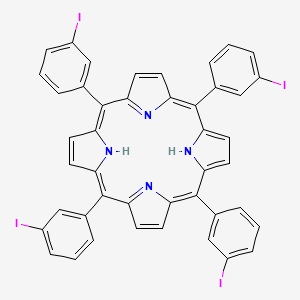



1. Telitaciceptum
2. Tai'ai
3. Telitacicept [inn]
4. Telitacicept [who-dd]
5. 1fhm3d7z49
6. 2136630-26-5
7. (l120>a,l121>e,g123>a,a216>s,p217>s)-taci (transmembrane Activator And Caml Interactor, Tumor Necrosis Factor Receptor Superfamily Protein Tnfrsf13b) Human Extracellular Domain Fragment (13-118)-peptide (1-106) Fusion Protein With Human Immunoglobulin G1
8. 13-118-tumor Necrosis Factor Receptor Superfamily Protein Tnfrsf13b (human Extracellular Domain Fragment) Fusion Protein With Immunoglobulin G1, (human Rc18 Fc Fragment), Dimer
9. (l120>a,l121>e,g123>a,a216>s,p217>s)-taci (transmembrane Activator And Caml Interactor, Tumor Necrosis Factor Receptor Superfamily Protein Tnfrsf13b) Human Extracellular Domain Fragment (13-118)-peptide (1-106) Fusion Protein With Human Immunoglobulin G1-(227 C-terminal Residues)-peptide (.gamma.1-chain Fc Fragment) (107-333) (homo Sapiens Ighg1*01, Hinge (107-116), Ch2 L120>a, L121>e, G123>a, A216>s, P217>s (117-226), Ch3 (227-331), Chs (332-333)), (112-112':115-115')-bisdisulfide Dimer,
10. (l120>a,l121>e,g123>a,a216>s,p217>s)-taci (transmembrane Activator And Caml Interactor, Tumor Necrosis Factor Receptor Superfamily Protein Tnfrsf13b) Human Extracellular Domain Fragment (13-118)-peptide (1-106) Fusion Protein With Human Immunoglobulin G1-(227 C-terminal Residues)-peptide (gamma1-chain Fc Fragment) (107-333) (homo Sapiens Ighg1*01, Hinge (107-116), Ch2 L120>a, L121>e, G123>a, A216>s, P217>s (117-226), Ch3 (227-331), Chs (332-333)), (112-112':115-115')-bisdisulfide Dimer,
11. 5,10,15,20-tetrakis(3-iodophenyl)porphyrin
12. 107643-76-5
13. Tetra-(3-iodophenyl)porphin
| Molecular Weight | 1118.3 g/mol |
|---|---|
| Molecular Formula | C44H26I4N4 |
| XLogP3 | 13 |
| Hydrogen Bond Donor Count | 2 |
| Hydrogen Bond Acceptor Count | 2 |
| Rotatable Bond Count | 4 |
| Exact Mass | Da |
| Monoisotopic Mass | Da |
| Topological Polar Surface Area | 57.4 |
| Heavy Atom Count | 52 |
| Formal Charge | 0 |
| Complexity | 1010 |
| Isotope Atom Count | 0 |
| Defined Atom Stereocenter Count | 0 |
| Undefined Atom Stereocenter Count | 0 |
| Defined Bond Stereocenter Count | 0 |
| Undefined Bond Stereocenter Count | 0 |
| Covalently Bonded Unit Count | 1 |
Treatment of Systemic Lupus Erythematosus (SLE)